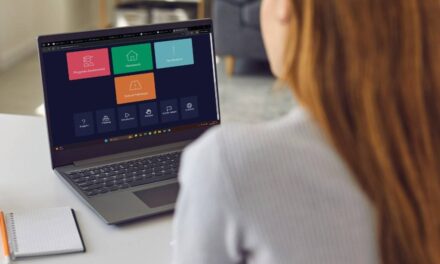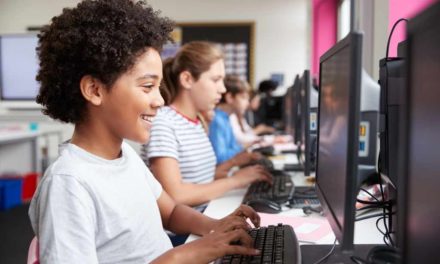With ever-advancing technology, there seems to be new ideas cropping up daily about innovative methods and technology which would be fantastic to utilise for education, whether it is in the classroom or for individual study.
The incorporation of these innovative approaches in the classroom is a fantastic step for inclusive education, as it opens the door for pupils who have difficulties with traditional methods of learning.
It made me think of a conversation I had with an English teacher a few months ago about one of her ex-pupils. She told me that the student had really struggled with English literature and although not necessarily a “trouble maker”, he struggled when it came to reading for deeper meaning and analysing the text; he didn’t find it easy to learn information by reading it. She told me that this pupil was more of an auditory learner. Not all pupils learn in the same way; they all have their strengths and weaknesses. You can, however, change your teaching style. You can make it easier for each pupil by taking their strengths and weaknesses into account.
By identifying the fact this particular pupil was an auditory learner, this teacher began to think what she could do to make English literature, a subject which heavily relies on imparting its secrets through analysis of the written word, more accessible to him. This teacher decided to make use of a Dictaphone, and whilst she was at home making dinner in the evening, she would turn the Dictaphone on and talk about the text. She laughed as she told me that every so often she would stop her monologue and say “Hey! You better not have fallen asleep!”
She presented her pupil with the tape, and he could listen to it as many times as he felt necessary. By giving the information to him in different ways, he was able to gain a greater understanding and although this form of learning the information could not replace reading a text for information, it fit alongside it, supporting the pupil’s efforts when he read. By acknowledging his different learning style, his confidence grew and he was able to re-engage with the subject as he knew he had the ongoing support of his teacher.
It would be fairly easy to do this today, using a microphone on your phone, computer or other device and uploading the file, even for all of your pupils to download. The point is, no matter what your subject is there will always be different ways to approach it that will make it easier for different pupils to understand. Everybody learns in a way that is unique to them and as teachers we need to address this actively.
What techniques have you experimented with to cater to your pupils’ different learning styles? What were the results? Let us know!











this site is quite helpful
in order to cater to the different learning styles, one should learn the innovative strategies for the making of an effective lesson plan.
nicely explained
Great Resources I have ever seen here…………..
Different innovative and creative learning techniques can assist students in their learning process.
This information is very helpful and a great source of improving innovative teaching strategies. It is very true students learn in many different ways. Like, some of my students learn literature through pre- reading discussion which helps them in getting the meaning and making analysis of their learning.
I have a number of friends who are teachers. This is a good read
Worth reading! Yes various reading strategies are helpful to lead the students towards progression.
This information is helpful in improving teaching strategies as you have variety of students with different learning capacities. We should devised a planning that caters the students learning abilities
in order to cater to the different learning styles, one should learn the innovative strategies for the making of an effective lesson plan.